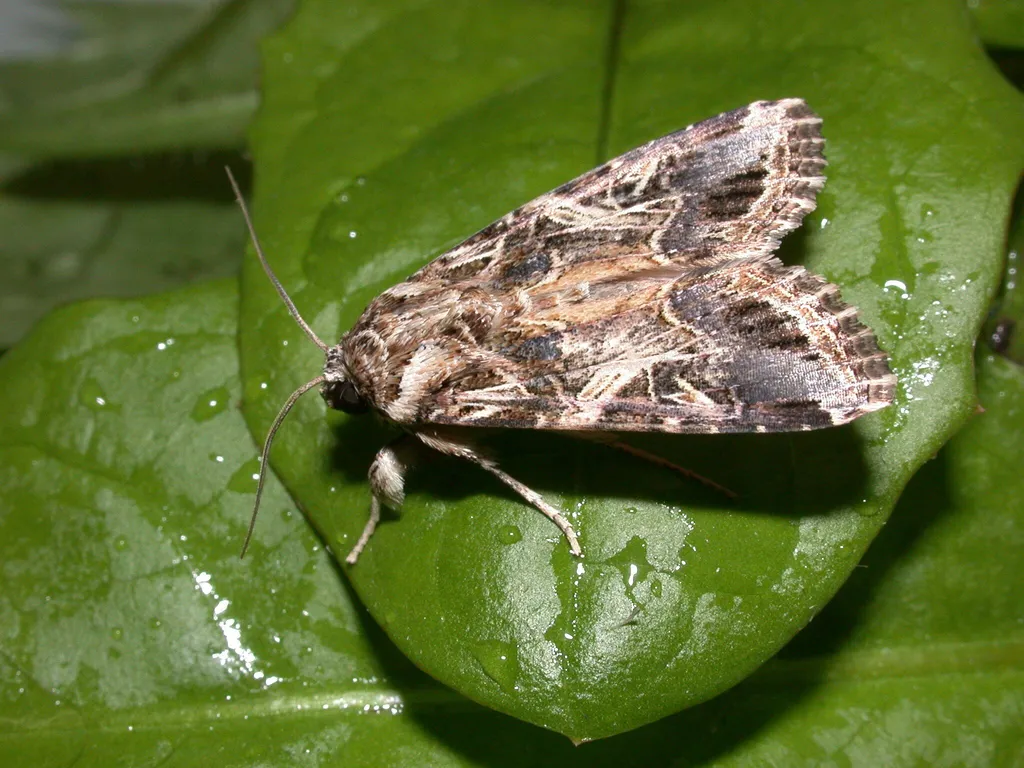In the heart of Egypt, where agriculture is the lifeblood of the economy, a team of researchers led by Nehal A. Atta from the Genetics Department at Menoufia University is tackling a formidable foe: the Egyptian cotton leafworm, Spodoptera littoralis. This voracious pest, resistant to many chemical insecticides, wreaks havoc on over 80 economically important crops, causing significant losses for farmers. Atta and her team are exploring a sustainable alternative to chemical pesticides, turning to nature’s own defenders: entomopathogenic fungi.
Atta’s research, published in the journal ‘Microbial Cell Factories’ (which translates to ‘Microbial Cell Factories’ in English), focuses on Trichoderma species, a group of fungi known for their ability to combat plant pathogens. “Trichoderma species are like the bodyguards of the plant world,” Atta explains. “They protect plants from diseases and, as we’re discovering, they can also protect them from pests.”
The team collected native Trichoderma isolates from Egyptian soils and identified them using multilocus sequence analysis. They found that the isolates belonged to three species: T. harzianum, T. asperellum, and T. longibrachiatum. Among these, Tricho19 (T. longibrachiatum), Tricho5 (T. asperellum), and Tricho30 (T. harzianum) showed the most promise, demonstrating high extracellular chitinase activity and causing significant larval mortality in bioassays against S. littoralis.
But the real breakthrough came when the researchers employed a technique called interspecific protoplast fusion. This process, which involves fusing the protoplasts (cells without cell walls) of different Trichoderma species, allowed them to create hybrid strains with enhanced characteristics. “Protoplast fusion is like a natural form of genetic engineering,” Atta says. “It allows us to combine the best traits of different Trichoderma species into a single, more effective strain.”
The results were impressive. The fusant strains, particularly Fus8, showed significantly enhanced chitinase production and insecticidal activity. In greenhouse assays, Fus8 performed nearly as well as a chemical insecticide, causing high larval mortality and exhibiting strong antifeedant activity.
The implications of this research are significant for the agricultural sector, particularly in regions where S. littoralis is a major problem. By developing more effective biocontrol agents, farmers can reduce their reliance on chemical pesticides, which can harm the environment and contribute to pest resistance. “This is not just about creating a new pesticide,” Atta emphasizes. “It’s about developing a sustainable, environmentally friendly solution that can help farmers protect their crops and livelihoods.”
The research also opens up new avenues for the energy sector. Many of the crops affected by S. littoralis, such as cotton and corn, are also used for biofuel production. By protecting these crops from pests, biocontrol agents like the enhanced Trichoderma strains could help ensure a steady supply of biomass for bioenergy.
Looking ahead, Atta and her team plan to further refine their protoplast fusion technique and explore its potential for enhancing other beneficial traits in Trichoderma species. They also hope to conduct more field trials to test the effectiveness of their fusant strains under real-world conditions.
As the world grapples with the challenges of climate change, food security, and environmental degradation, research like Atta’s offers a glimmer of hope. By harnessing the power of nature’s own defenders, we can develop sustainable solutions that protect our crops, our environment, and our future.

